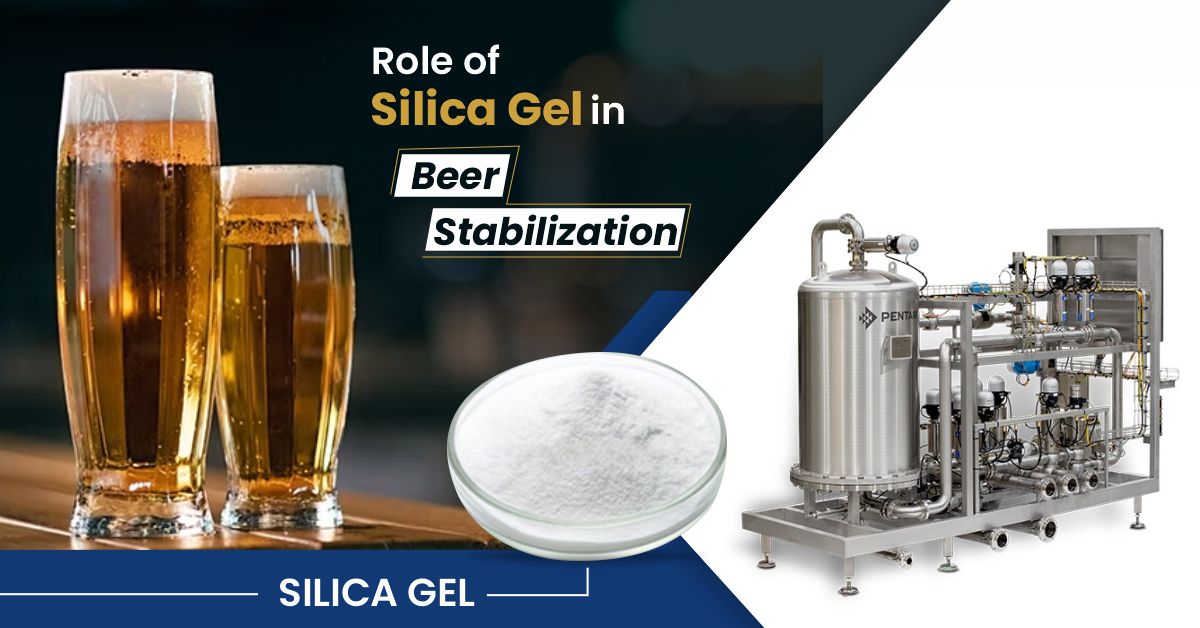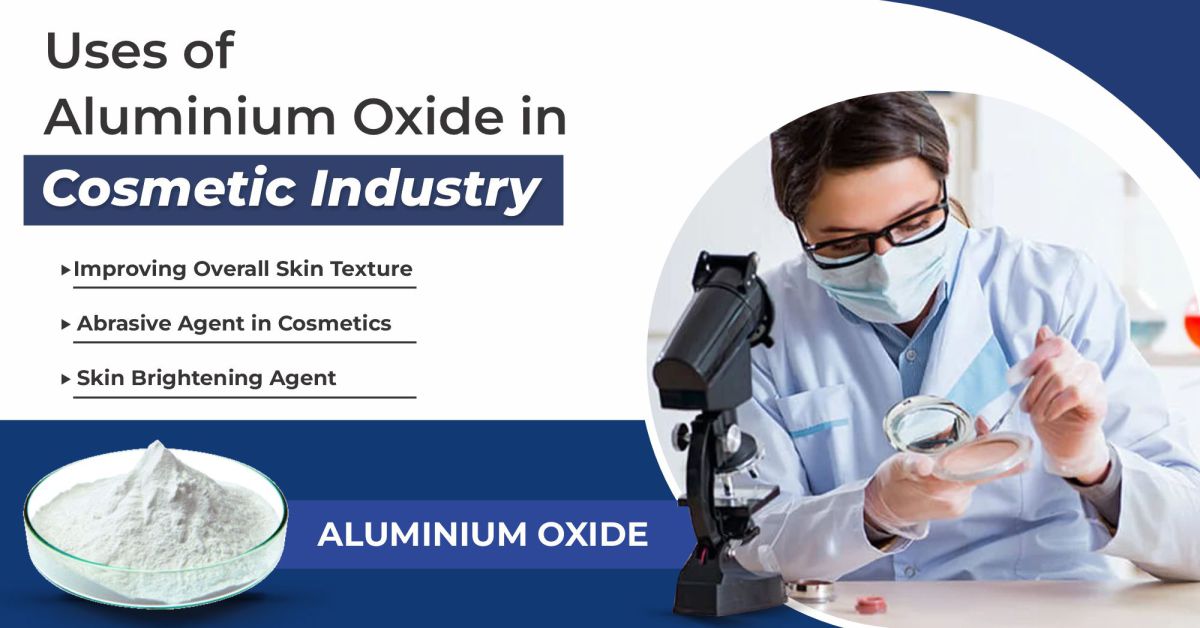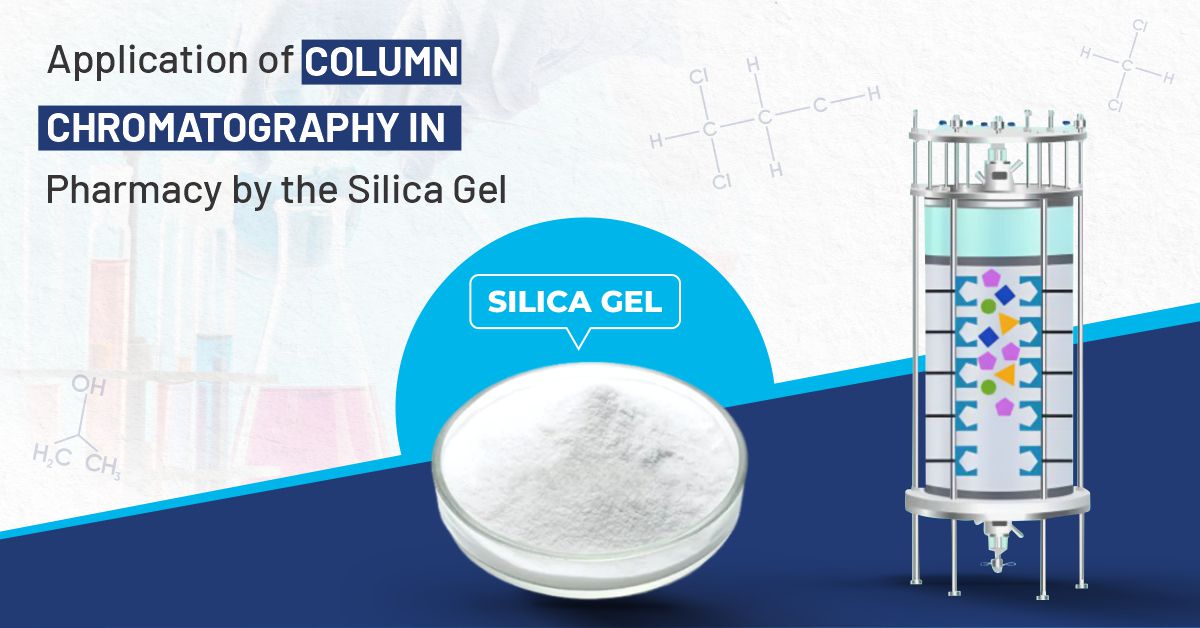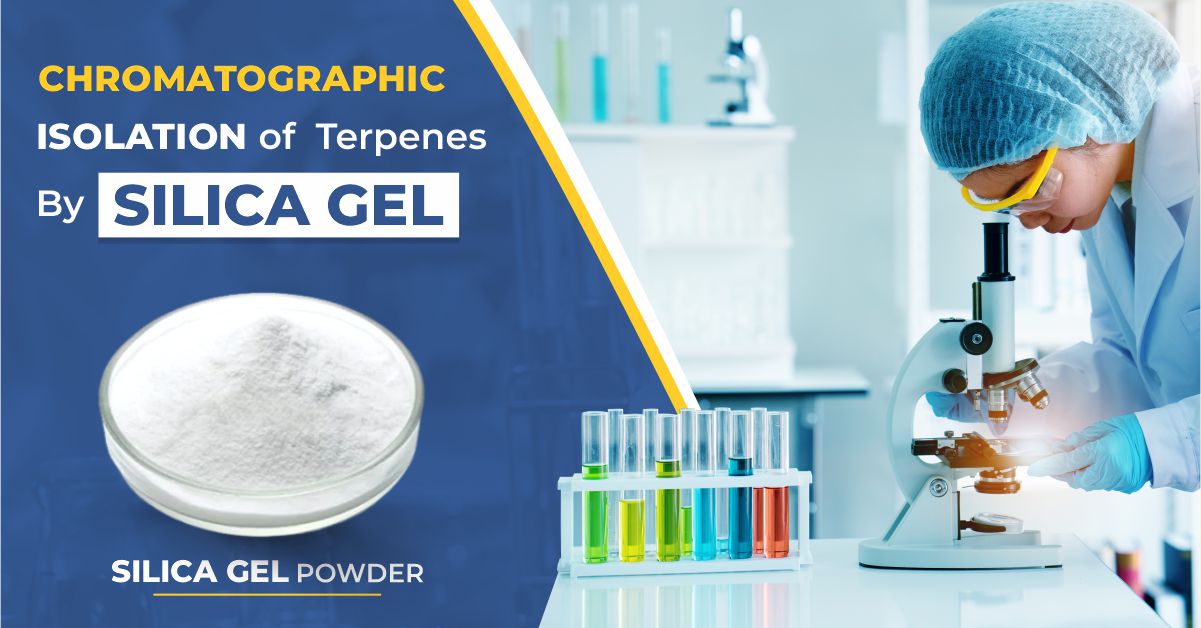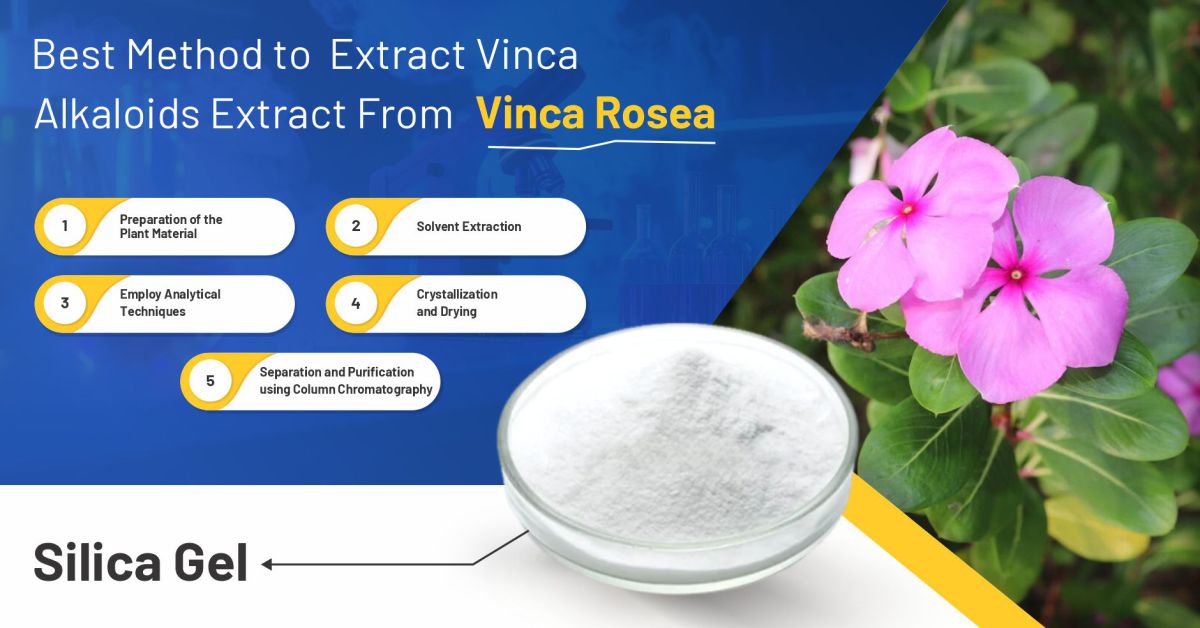- About
- Column Chromatography
- Products
- Applications
- Silica Gel for Column Chromatography
- Water Asoluble Alkaloids
- Isolation Of Pyrrolizidine Alkaloids
- Large Scale Separation Of Clavinet Alkaloids From Ipomoea Muricata
- Losartan Potassium
- Macrolide Antibiotics
- Purification Of Peptides
- Purification Of Quaternary Ammonium Pyridinium Compounds
- Ranitidine Dimer Separation
- Separation Of Veratridine Alkaloids
- Amino Acid Purification
- Large Scale High Performance Liquid Chromatography of Enzymes for Food Applications
- Proteins Purification
- Separation of Resorcinol Catechol
- Aluminium Oxide for Column Chromatography
- Drying of Organic Solvent
- Enzyme Purification
- Isolation & Purification of Antibiotics
- Isolation of Glycosides
- Purification of Dyes, Dye Intermediates, Alkaloids Steroids, Liquids, Amino Acids, Hormones, Aliphat
- Purification of Natural products
- Purification of Organic Solvents
- Removal of Peroxides From Organic Solvents
- Silica Gel TLC Plates
- For Biochemical Analysis
- For Examination of Reactions
- For Identification Of Compounds
- For Purity Of Any Sample
- For Separation of Multicomponent Pharmaceutical Formulations
- For The Pharmaceutical industry
- In The Food and Cosmetic Industry
- Various Medicines like Hypnotics, Sedatives, Anticonvulsant Tranquilizers AND Antihistaminics
- Silica Gel for Column Chromatography
- Blogs
- Contact


